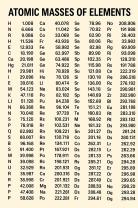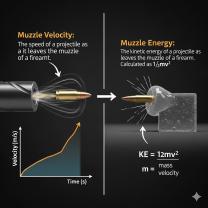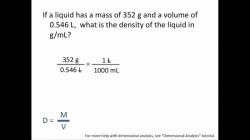What is the SI unit of cubic feet?
Cubic Feet in SI Units: Understanding Volume Measurement
In the International System of Units (SI), the primary unit of volume is the cubic meter (m³). However, cubic feet is not a standard SI unit of volume; it is commonly used in the United States and some other countries that follow the Imperial or US customary systems of measurement.
The SI unit of volume is the cubic meter (m³), which represents the volume of a cube with sides of one meter in length. It is the standard unit used internationally for measuring volume in the metric system.
Cubic feet (ft³) is a unit of volume commonly used in non-metric systems. It represents the volume of a cube with sides of one foot in length. The conversion factor between cubic feet and cubic meters is approximately 1 ft³ = 0.0283168 m³.
While cubic feet is not an SI unit, it's important to understand its conversion to the SI unit of cubic meters when working with different measurement systems.












